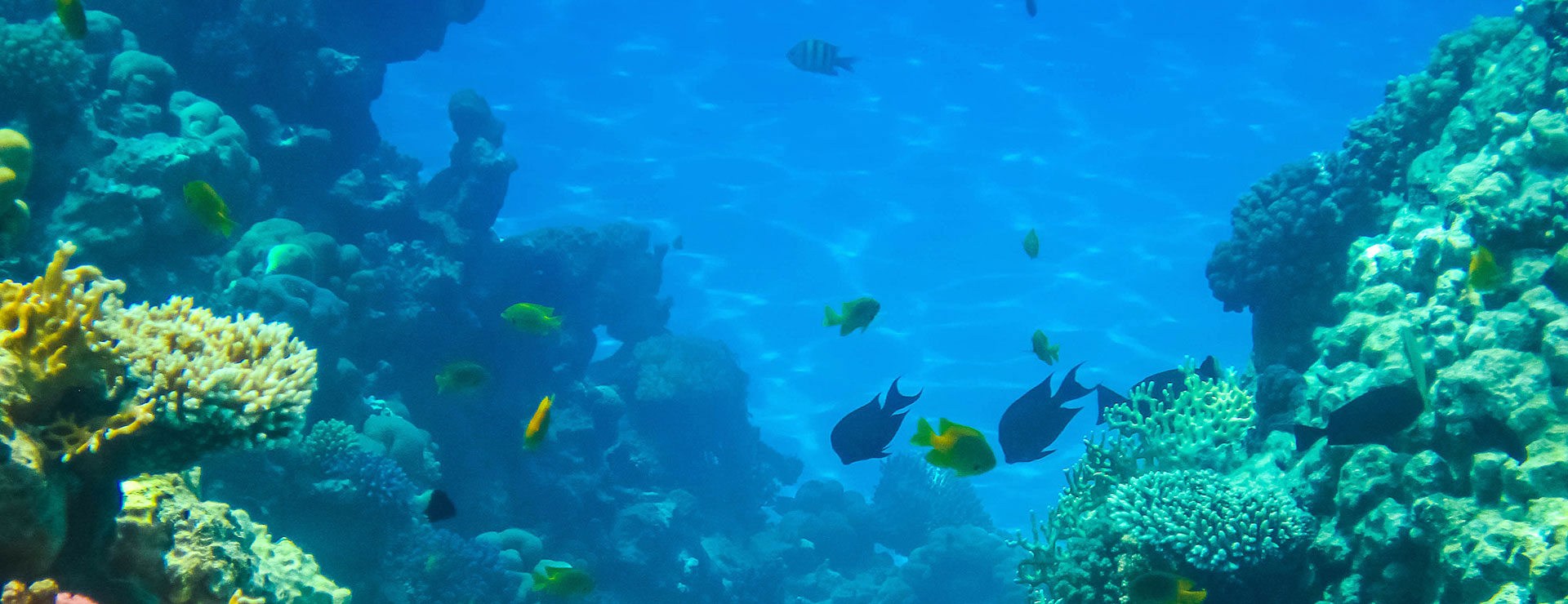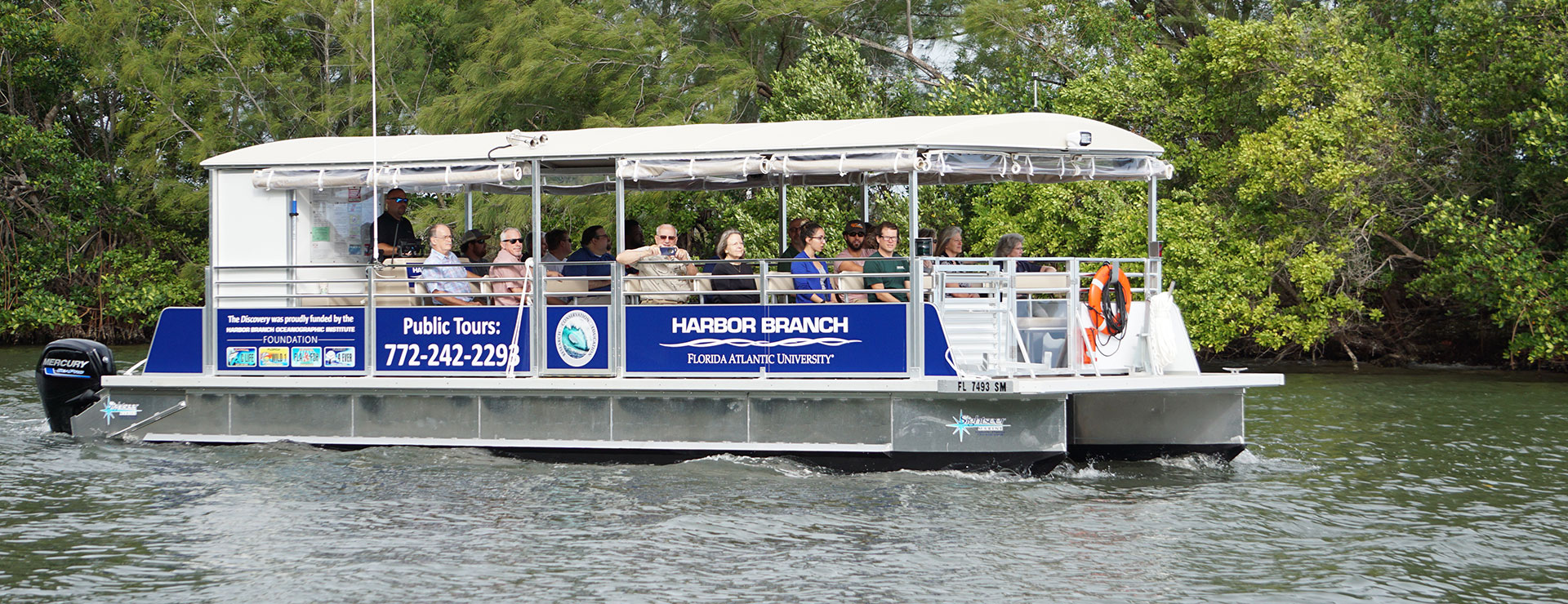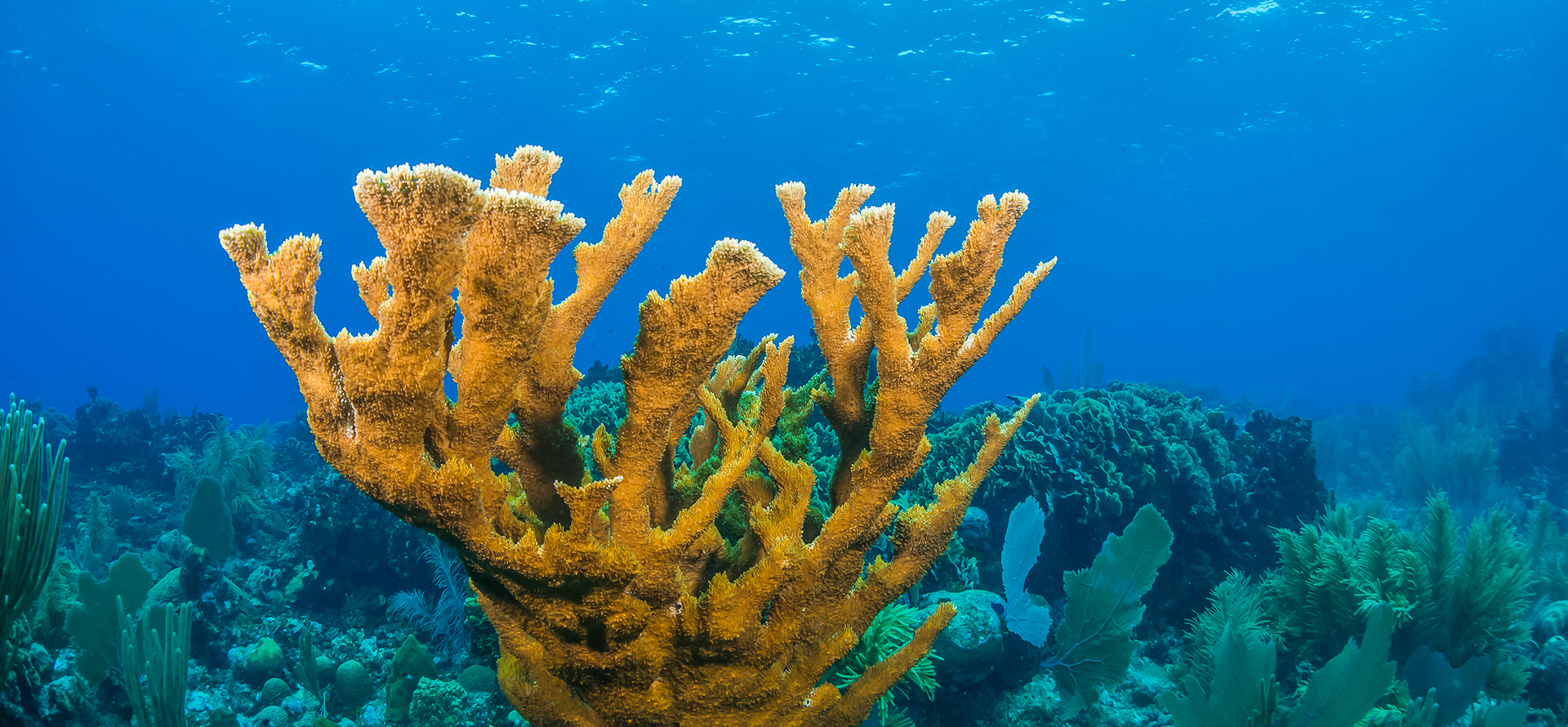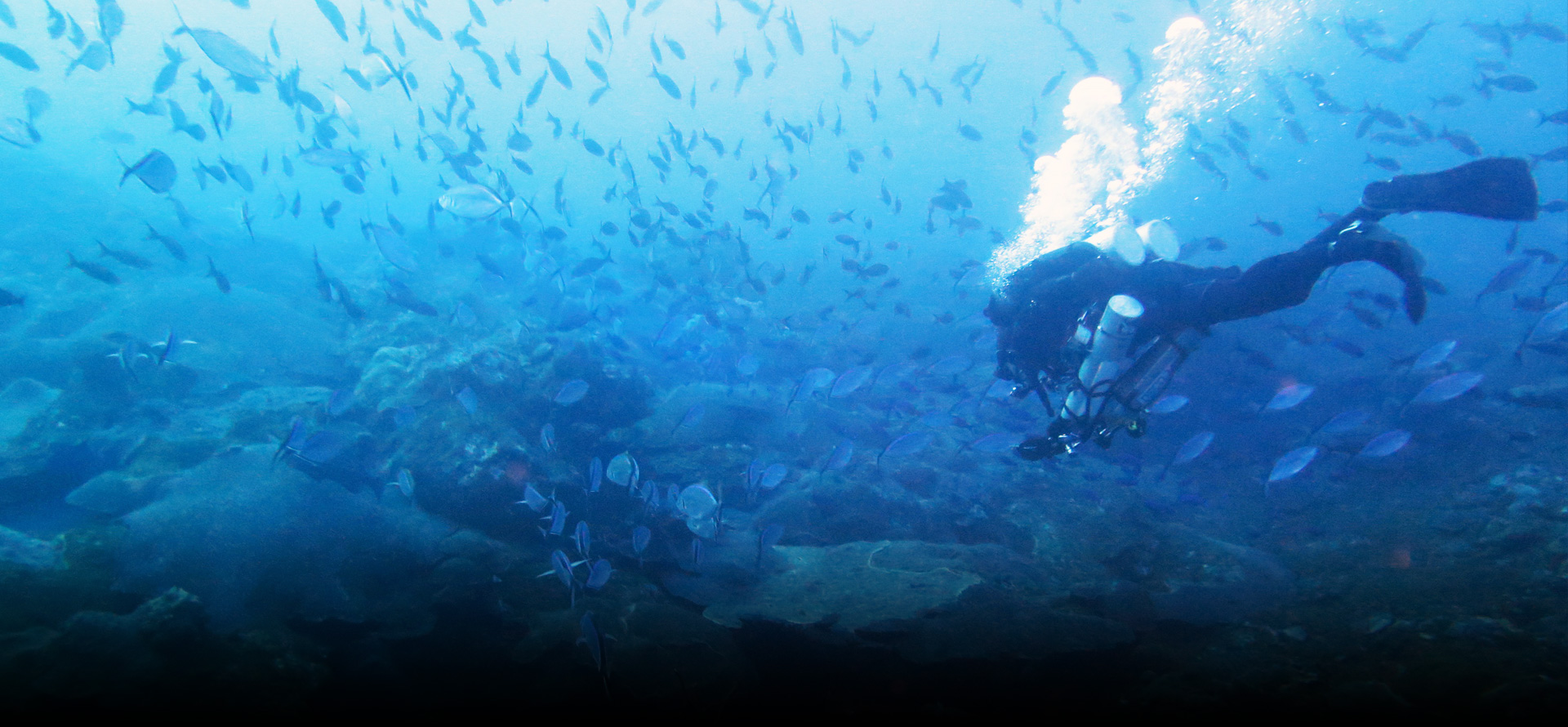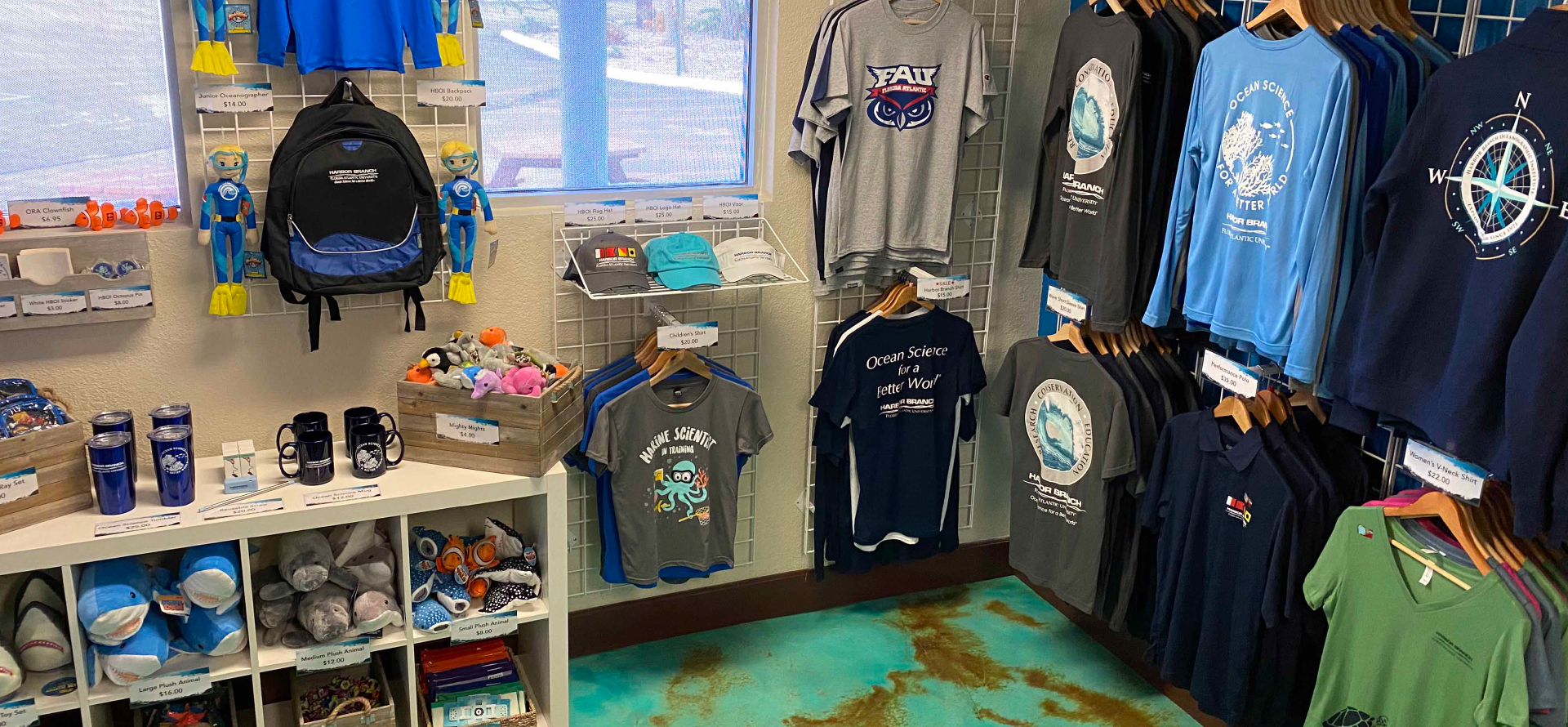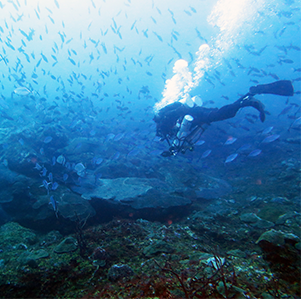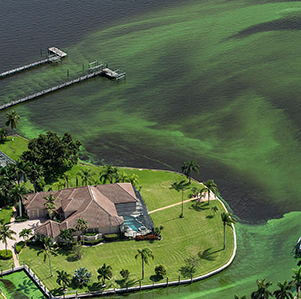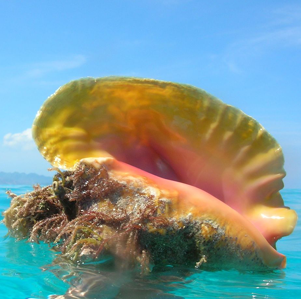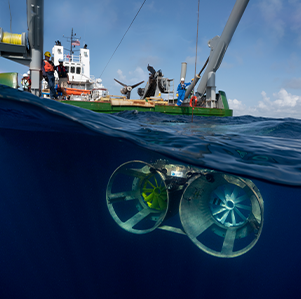FAU Harbor Branch prioritizes solution-oriented research that addresses critical issues affecting coastal zone, oceans, and human well-being. Research scientists take a global approach, conducting studies around the world in varying climates, ecosystems, and cultures.
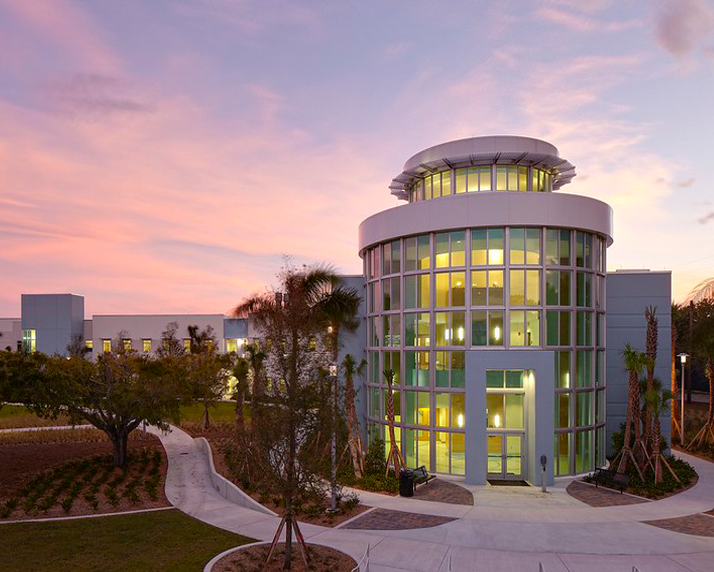
Harbor Branch
5600 US 1 North, Fort Pierce, FL 34946
772.242.2400
Florida Atlantic University (FAU) Harbor Branch Oceanographic Institute is a world class research organization with a focus on exploring the marine environments, studying key species and understanding the connection between humans and the ocean. Founded in 1971 as Harbor Branch Oceanographic Foundation, Inc., the Institute expanded its reach to over 100 miles along Florida’s east coast when it joined Florida Atlantic University in 2007. Located in St. Lucie County, our 144-acre campus along the Indian River Lagoon employs over 200 scientists, engineers, educators, staff and students. To this day, the Institute actively pursues solution-oriented research that addresses some of the most critical issues affecting coastal zones, oceans and human well-being.
NEWS
04/18/2024
Amy Wright, Ph.D., research professor at FAU Harbor Branch Oceanographic Institute, received the Paul J. Scheuer Award in Marine Natural Products, considered the foremost accolade in the field.
04/10/2024
FAU Harbor Branch researchers will assess if it is better to harvest Sargassum in water as opposed to on the beach to better plan for removing vast amounts of seaweed from beaches and preventing aggregations.
03/26/2024
A study by FAU researchers and colleagues is the first to evaluate substrate recolonization by sponges in the U.S. Virgin Islands after two catastrophic storms using genetic analyses.
03/18/2024
FAU researchers are asking residents of Cape Coral and surrounding communities to consider participating in a study to help evaluate the potential impacts of exposure to harmful algal blooms (HABs).

